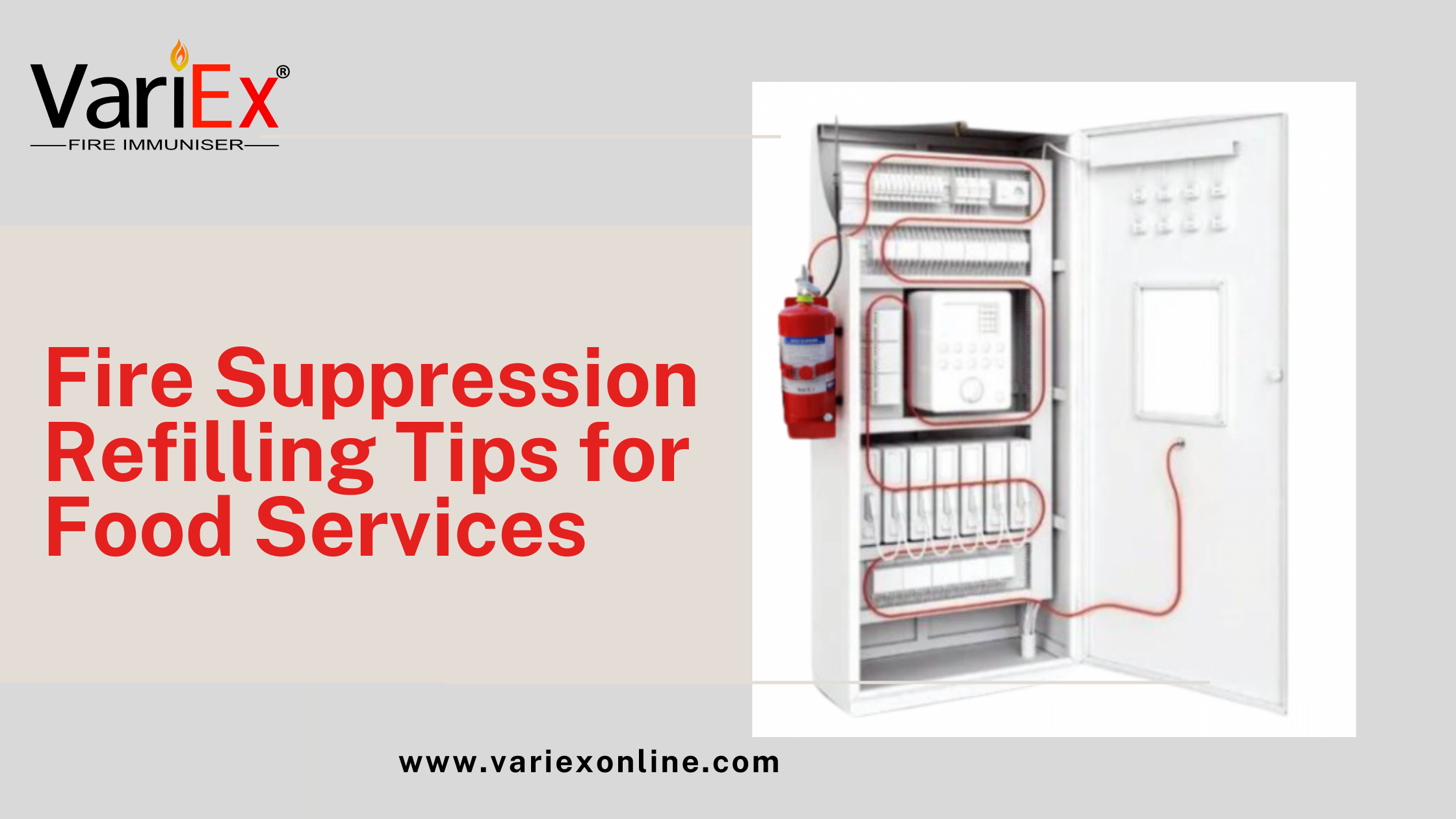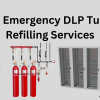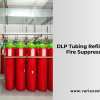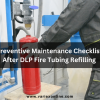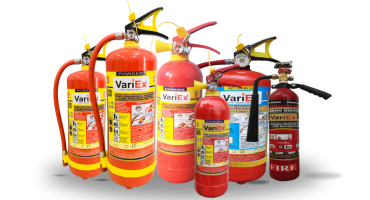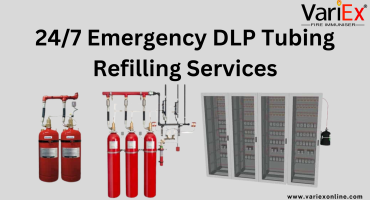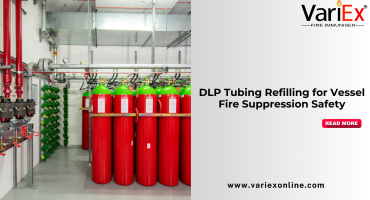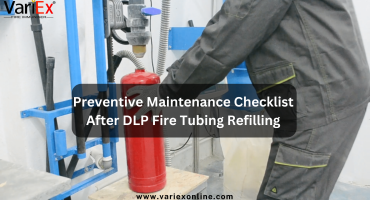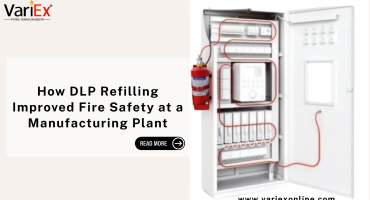![]()
Fire Immuniser
+91-7829629111
Email: info@variex.in
Varistor Technologies Pvt. Ltd.
Block-1, First Floor, Ardente Office One, Hoodi Circle, ITPL Main Road, Bengaluru, Karnataka 560048, IN
Fire Suppression Refilling Tips for Food Services
Fire Suppression Refilling Tips for Food Services
In the food service industry, fire safety is not optional — it’s mission-critical. Commercial kitchens, with their high-heat appliances, oils, and open flames, are some of the most fire-prone environments. A properly functioning fire suppression system is your first line of defense. However, ensuring that the system works flawlessly when needed depends largely on regular, professional refilling.
This guide delivers essential fire suppression refilling tips specifically for food services, helping you maintain compliance, protect staff and customers, and prevent devastating losses.
Why Fire Suppression Refilling is Vital for Food Services
-
High fire risk: Cooking equipment is the #1 cause of restaurant fires.
-
Strict regulations: Health and fire codes mandate functional suppression systems.
-
Business continuity: Downtime after a fire can be financially crippling.
-
Employee and customer safety: Lives depend on a fast, automatic response.
Regular, professional refilling ensures your kitchen stays prepared — not vulnerable.
Signs Your Kitchen Fire Suppression System Needs Refilling
| Sign | Explanation | Action |
|---|---|---|
| System Discharge | Suppression agent released during a fire or false alarm | Immediate refill required |
| Low Pressure Gauge Reading | Indicates reduced agent levels | Inspect and refill |
| Expired Service Date | Overdue for inspection or refill | Schedule maintenance |
| Visible Damage or Corrosion | Potential leaks or failures | Repair and refill |
| Odors or Residue Around Nozzles | System may have partially discharged | Full inspection and refill |
Top Fire Suppression Refilling Tips for Food Services
1. Refill Immediately After Any Discharge
Whether due to a real fire or an accidental trigger, a discharged suppression system is non-functional until refilled. Immediate action minimizes downtime and protects your kitchen.
2. Always Hire Certified Fire Protection Technicians
DIY refilling or hiring uncertified providers risks:
-
Improper refilling
-
Non-compliance with NFPA 17A and local fire codes
-
Voided warranties
Work only with licensed, experienced fire safety professionals.
3. Schedule Semi-Annual Inspections
According to NFPA 17A standards, kitchen fire suppression systems should be inspected every 6 months. Use inspections to:
-
Verify agent levels
-
Test system actuation
-
Check nozzle alignment
-
Identify leaks or damages
4. Replace Expired Agents
Some fire suppression chemicals, particularly wet chemicals used in kitchen systems, degrade over time. Follow manufacturer guidelines and replace agents before their expiration date to maintain system effectiveness.
5. Conduct a Complete Leak Test Post-Refill
After refilling:
-
Pressure-test the system.
-
Ensure all piping and nozzles are leak-free.
-
Check cylinder integrity.
A hidden leak could render your system useless during an actual fire.
6. Document Every Refill and Inspection
Maintain up-to-date records showing:
-
Date of service
-
Type of agent refilled
-
Technician’s certification number
-
Next scheduled inspection date
These documents are essential during health, safety, and insurance audits.
7. Customize Refill Plans Based on Kitchen Type
Not all kitchens have the same risk profiles. Customize your refill and maintenance frequency based on:
-
Volume of cooking
-
Types of oils used
-
Number of fryers and ranges
-
Local code requirements
High-heat, high-volume kitchens may need more frequent checks.
8. Train Kitchen Staff on Fire System Basics
While refilling and maintenance should be handled by professionals, kitchen staff should be trained to:
-
Recognize discharge signs
-
Report potential system issues
-
Understand manual activation procedures
Knowledgeable staff contribute to faster responses and better protection.
9. Check for System Upgrades During Refill Appointments
Technology in fire suppression is constantly evolving. During refilling appointments, ask your service provider about:
-
Upgraded nozzles
-
Improved detection sensors
-
More environmentally friendly suppression agents
Modernizing your system can offer better performance and cost savings.
10. Never Ignore Manufacturer Recalls or Notices
Manufacturers occasionally issue recalls or service advisories for certain suppression components. Stay informed and act immediately to replace affected parts to avoid system failures.
Quick Reference Table: Fire Suppression Refilling Tips for Food Services
| Tip | Purpose |
|---|---|
| Immediate Post-Discharge Refill | Maintain protection readiness |
| Certified Technician Only | Ensure compliance and safety |
| Semi-Annual Inspections | Meet NFPA requirements |
| Replace Expired Agents | Guarantee suppression effectiveness |
| Leak Test Post-Refill | Detect hidden failures |
| Document Services | Simplify audits and insurance claims |
| Customize Refill Plans | Adapt to kitchen risk profile |
| Train Staff | Strengthen emergency readiness |
| Ask About Upgrades | Benefit from new technology |
| Monitor Recalls | Prevent component failure |
Common Mistakes to Avoid
-
Waiting too long after a system discharge
-
Using incorrect suppression agents
-
Hiring inexperienced or unlicensed refillers
-
Ignoring small system faults until they escalate
-
Failing to document refills and inspections properly
Avoiding these mistakes can save your business thousands in repair costs, fines, and downtime.
Conclusion
A properly maintained kitchen fire suppression system isn’t just a code requirement — it’s a business necessity. Following these refilling tips helps facility managers, restaurant owners, and chefs ensure that their kitchens remain safe, compliant, and operational even in the face of fire risks.
Stay proactive, partner with trusted professionals, and never underestimate the life-saving power of regular, careful fire suppression refilling.
Frequently Asked Questions
Systems should be refilled immediately after discharge and inspected semi-annually according to NFPA 17A standards.
No. Only licensed and certified fire protection technicians should handle refilling to ensure safety and compliance.
Expired agents may lose effectiveness, risking suppression failure during a real fire event.
Yes, leak and pressure testing ensures the system is fully functional and ready for emergencies.
Consult your service provider during inspections; newer systems offer improved suppression capabilities and efficiency.
Final Say
At VariEx.in and VariexOnline.com, we specialize in supplying and installing top-quality fire fighting systems and equipment. From fire extinguishers to advanced suppression systems, we offer comprehensive solutions tailored to your needs. Our experienced team ensures precise installation and maintenance for optimal safety.
Trust VariEx for reliable fire protection. Contact us online or call 7829629111 to learn more.
We specialize in manufacturing, supplying, and distributing a comprehensive range of fire fighting equipment, including state-of-the-art fire extinguishers. Read our most searched blogs and find interesting information on topics such as how to use a fire extinguisher, how to calculate fire fighting water tank capacity, fire extinguisher refilling, obtaining a Fire NOC, understanding fire fighting systems, types of fire protection systems, the fire hydrant system, and the fire sprinkler system. These resources provide essential knowledge for ensuring safety and compliance with fire safety regulations. Additionally, you can explore guides on the maintenance of fire protection equipment, the latest advancements in fire safety technology, and best practices for fire risk assessment and management.
Our expertise extends to fire alarm systems, fire hydrant systems, and fire suppression systems, including fire sprinklers. Each product meets rigorous international standards for reliability and performance, ensuring effective fire safety products tailored to diverse applications and industries. Additionally, we are providing Fire Extinguisher Refilling and AMC services to ensure ongoing maintenance and operational readiness of fire safety equipment.


